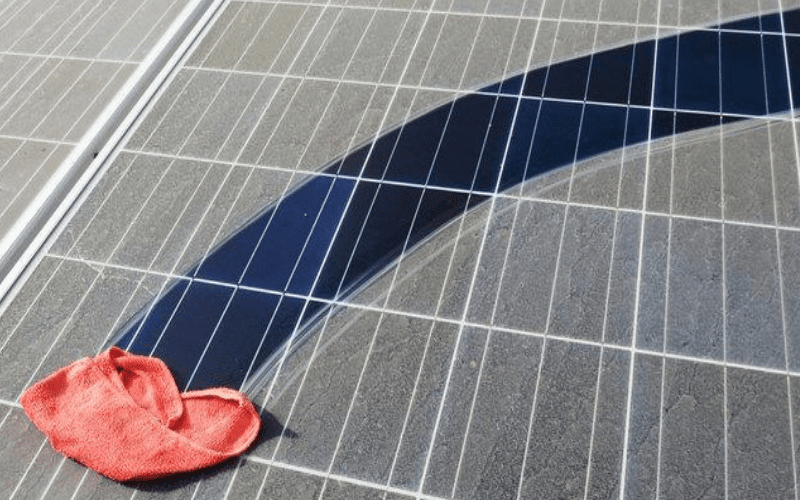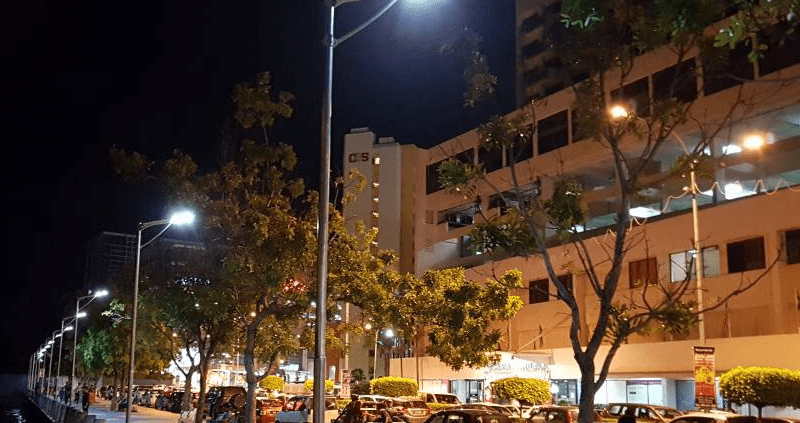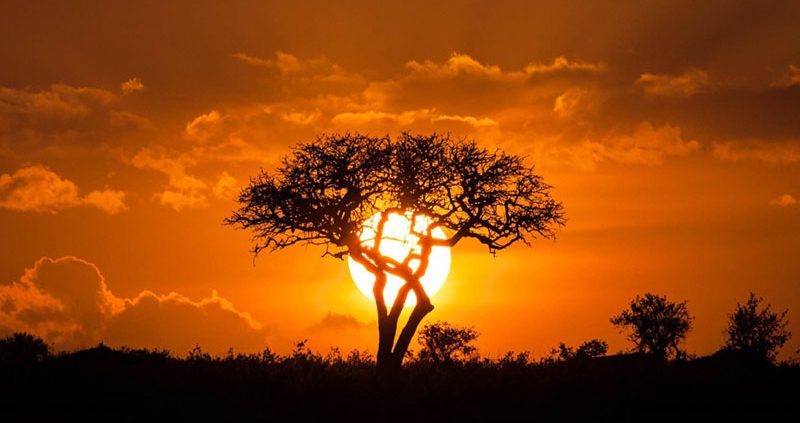How to Maintain All In One Solar Street Lights
Generally speaking, all in one solar street lights do not need much maintenance after being installed, because all in one solar street lights is a very mature technology. But the operation/working environment has a great impact on outdoor solar lighting, Different installation site needs different maintenance accordingly. For example, in Africa, we should consider not only high temperature but also dust. Then we analyze some common maintenance problems from the following aspects:
- The influence of dust
The influence of dust is mainly directly can be seen on the solar panels, because the dust will mainly affect the solar panels’ absorption of sunlight radiation, thus affecting the solar panels’ power generation efficiency. Normally, daily regular cleaning is no need because rainwater washes away the dust attached to solar panels on rainy days, but in some particularly arid environments or regions, rainwater is very few. Users can clean the solar panels regularly according to the actual situation, such as once a quarter, or once a year, depending on the rain and dust conditions of the installation site.

- Snow and its shelters
In some countries, winter snowfalls very long and heavy, or some lamps are installed near tall trees. Snow, leaves and bird droppings may be attached to solar panels. When there is a decrease in power generation efficiency, such as a decrease in the number of continuous rainy days or a shorter light-on time, which reminders they need to be cleaned up. Look at these shields.
- Battery Maintenance
Usually, do not need to do special maintenance or replace batteries during the service life if they use high-quality & reliable batteries. According to our previous experience, LED light source and solar panel generally do not need to be maintained after the service lifetime, but the performance of the battery may decline after five years, so if the service lifetime exceeds, the lamp is still working, but the number of continuous rainy days has decreased significantly, we can consider replacing the battery for adding another life cycle.
- Salt Corrosion
If the lamp is installed near the seashore or in places of heavy corrosion with high salt fog, the installation bracket should be inspected regularly. We suggest that the installation bracket be inspected once a year, depending on the actual situation of the installation site. Normally, no additional maintenance is required.
Generally speaking, integrated solar street lamps require little maintenance unless they are installed in harsh environments.





